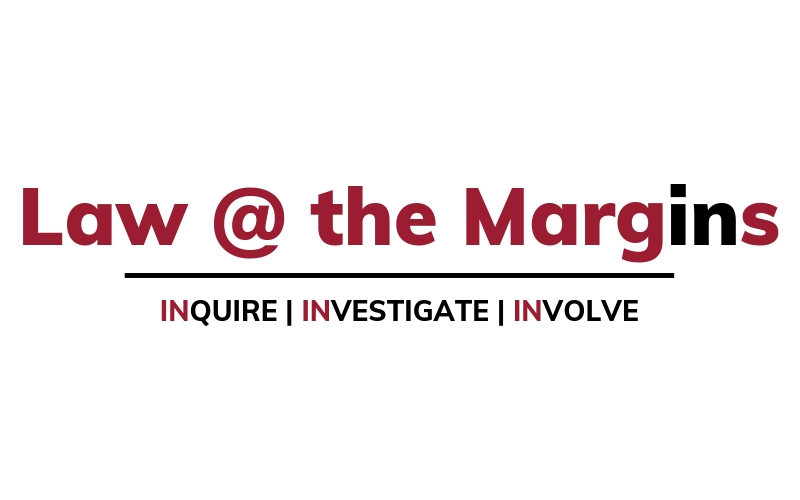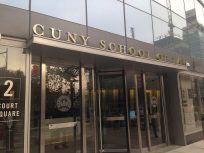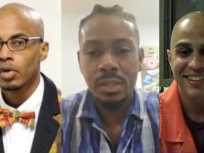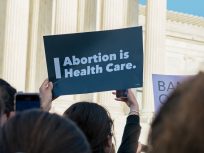
Half a century later, with the Voting Rights Act secured and, most recently, gutted, we must ask ourselves, how do we fare as a country? Have we paved the way for a more representative and inclusive democracy? At this most recent midterm election, our nation saw some of the lowest turnout since World War II. Neither our voters nor our representatives, moreover, mirror the makeup of this nation: federal and state legislatures house white men at an overwhelmingly disproportionate rate to their constituents; youth, turned off by politics, consistently vote at lower rates than other age groups; and working Americans – including people of color, students, and seniors – are registered to vote at far lower rates than their higher-income counterparts. Who, then, constitutes our democracy?
When it comes to creating – and sustaining for the future – a democracy that represents and gives voice to us all, we can and must do better. We can and must mobilize for that change.
Whether through protests galvanized by Black Lives Matter, church groups organizing rides to the polls, or Millennials spreading the word on Facebook, a movement for that change, for a more involved democracy, is already underfoot. As the President himself urged during his last state of the union address a few nights ago, “we have to change the system to reflect our better selves.”
To that end, President Obama advocated ending the practice of gerrymandering in which “politicians … pick their voters, and not the other way around.” To reduce the influence of money and special interests in our political system, “so that a handful of families and hidden interests can’t bankroll our elections,” we must renew strong campaign finance measures, through the courts or legislatures. And to ensure Americans’ interests are accurately represented, it’s essential we make voting more accessible and convenient, “not harder, and modernize it for the way we live now.”
We need a strong three-pronged approach. Many of the pieces are already in motion.
California, and a handful of other states, have already set up independent redistricting commissions to ensure that the people, not politicians, create redistricting maps; Congress could further this initiative to ensure such systems are in place cross-country. A mass movement, too, is already afoot to undo the harmful effects of Citizens United, a Supreme Court decision that effectively unleashed unprecedented amounts of money in our political system, trumping the voices of corporate interests over those from regular households. An executive order requiring federal contractors to disclose political spending, a constitutional amendment to undo Citizens United’s damage, and congressional action on the Government by the People Act (empowering small-dollar donors with public funds) would all restore the rules of the playing field, requiring politicians to listen to people – not corporations. For government to be truly representative, elected officials must be responsive to their individual constituents, not the bankrolled corporation deciding his election.
When it comes to the act of voting – our most enshrined civic responsibility and right – it’s essential that we continue to break down barriers that keep 40% of the electorate – on a day with our best collective turnout – from the polls. In 2014, the Presidential Commission on Election Administration, a bipartisan group, issued a report with 19 recommendations to expand opportunities to vote and ease burdens on Election Day, improving the experience for voter and administrator alike. The report, a collection of best ideas from experts, elections officials and advocates, proves that when citizens come together and cross the aisle, solutions can be implemented. Restoring the original promise of the Voting Rights Act, while implementing new – and more modern – reforms to meet today’s voters where they are, will solidify a participation rate indicative of a healthy democracy.
As we continue to push for strong electoral safeguards at the local, state, and federal levels, we must simultaneously energize – and educate – the electorate to make good use of the reforms coming their way. It’s important for all of us, moreover, to remind friends, family, and colleagues that, unless they’re participating, their absence at the polling place amounts to a vote against their interests. In addition to voting, we must run for office. Americans from all backgrounds, from all faiths, must throw their hats in the race to ensure a truly representative government.
“[P]rogress is not inevitable,” the President reminded in his last state of the union address. Instead, “[i]t is the result of choices we make together.” Indeed, our democracy – for good or bad – is the personification of that very result.
It behooves us, I think, to recall that Dr. King viewed voting as the “foundation stone” of action, but it is just that – a foundation, a start from which we build. We’ll know our democracy is thriving when schools across the country are completely desegregated, when all government services protect without harming citizens, when the actions of our representatives come out in the open instead of committed behind closed doors. Our voting rate is not the end-all, be-all; after all, voting is no more the aim of government than exercise is the aim of physical health. It’s the bridge; it’s the means. But without it – and without its true, unhampered use – we simply will not achieve the inclusiveness our founding documents sought.
As the federal government did in 1964, it – alongside the states – must enshrine the right to vote, the backbone of our very system of government. And as Americans joined together in the ‘60s to secure that right, we must do so again today, for “now is the time to make real the promises of democracy.”




